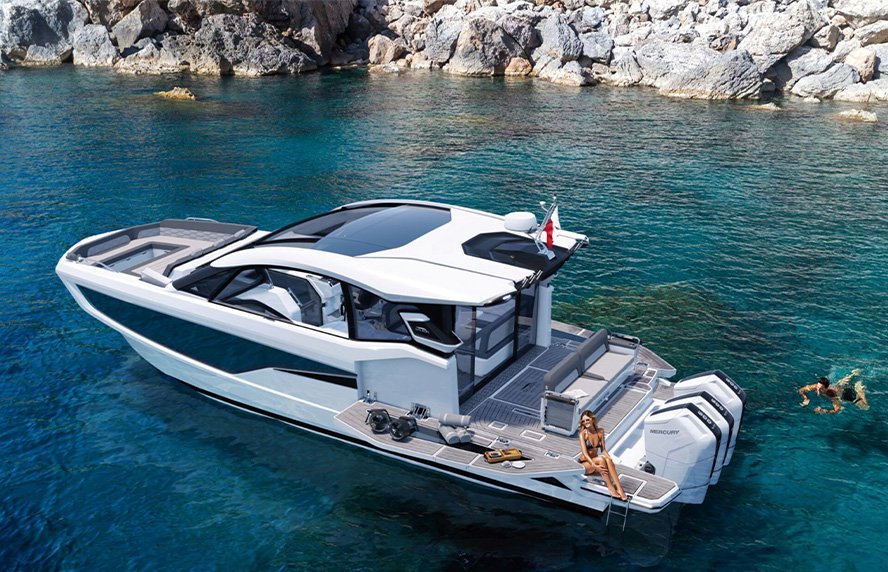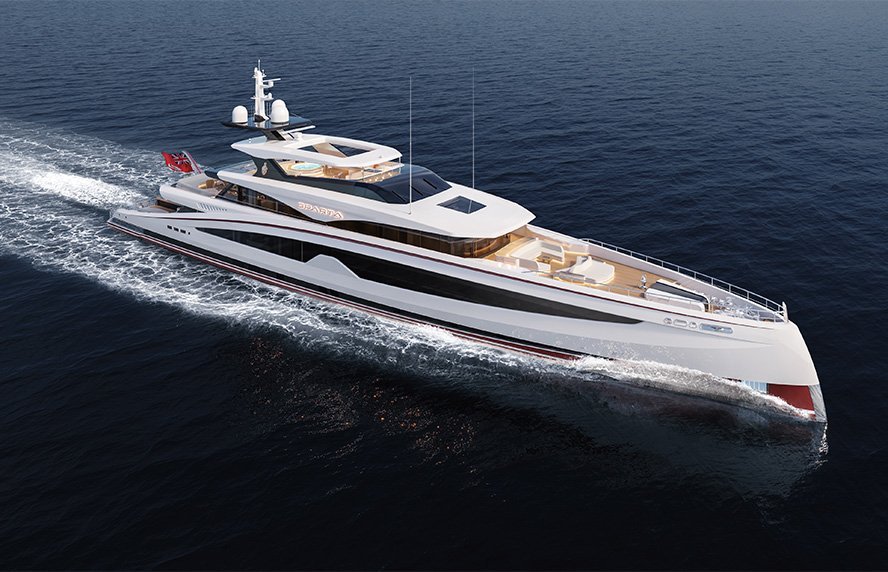
Eduardo Souto de Moura is one of the most prestigious Portuguese architects. As such, seeing as he’s a household name, there’s no real need for big introductions. He was born in Oporto. He spent part of his childhood in the city of Braga. In the course of his vast career, he has won dozens of awards, the most famous being the Pritzker Prize – considered the Nobel of architecture –, which he was awarded in 2011. He truly has a brilliant career under his belt. He is a simple man. He designed several iconic works. In his studio, in Foz, in Oporto, he spoke openly to us about the future of architecture, its identity, about the superfluous and the essential, and about the crisis that will affect the sector.
What is your view of architecture in Portugal and its future?
I think it has to stop. I don’t mean come to a grinding halt, but, rather, while it is being done, we should reflect and introduce new data, because [I’m not making an ecological speech here, not least because I don’t find it very funny, because I’m an architect and I like concrete and the greens say «concrete no, green yes»]... it’s not like Mercedes, BMW, who have several avenues down which to make millions; we just don’t have that. We have to live off the odd job here and there.
Is the accessibility of people the same in Portugal and abroad?
Here, in Portugal, which is where I like to work – not because I’m a patriot –, architecture is something that has to do with people. And the accessibility of people in Portugal is much easier. If I have a problem with a beam that I don’t like, I’ll call the engineer... "Are you around? Let’s have lunch tomorrow!” The developer, if he’s my client, in principle, we are friends. If we are not, we become friends. We work two, three, five, seven years together. When I say "this is not going well, we need to change it”... this would never be possible abroad. I can’t get involved in the work without authorisation. It’s like having a kind of Visa card.
You feel more constrained, is that it?
Constrained and conditioned. Architecture is 99.9% money today. And let’s cut the stories. In Portugal, there is still a certain modesty to say or do this or that. "I can, Mr. Souto de Moura, I would be glad to, it’s going to be all right, you’re right, let’s see if we can do it”... This conversation exists in Portugal and, often ‘we can do it’. Abroad, there’s not a chance. That’s the way it is, and what has been defined cannot be changed.
In architecture, when designing a project, how do you maintain the identity of a given space?
It’s not about maintaining it. I think it’s the other way around. Nature exists to be changed. Then there are two questions: we have to introduce a correction there and introduce ways to serve the functions that we are interested in having. There are two ways to do this: violently, which I disagree with, unless it is a masterpiece; or appropriately, which is being able to understand what already exists, and then create new functions for it.
And how, in an architectural project, do you get rid of the superfluous and retain the essential?
These are possibly among the things that cause you the most work in a project, because clients can’t help but ask for millions of things. When I was a child, the marriages in the village had everything. They had cake, shrimp rissoles, chicken legs, coconut cakes, tomato rice with horse mackerel... It was all amazing, but it doesn’t have to come all at once.
"Design, whether interior or exterior, is starting to take on modes and vices, or corresponds to a trend”
A few years ago creating ‘modern’ projects was all the rage, ending up with them benefiting from ‘project with design’ status... With time we have come to see another reality. What is old, but well-built/restored, can also be modern. What do you think has changed in people’s mentalities?
I’ve never thought about this, but I think there are rules. What I’m noticing is that, at the moment, design, whether interior or exterior, is starting to take on modes and vices, or corresponds to a trend. For example, almost all adverts feature a painted brick wall, whether they’re selling coffee or bikinis. People want things softened, cosier, more comfortable. I’m not saying whether I agree with this or not. Actually, I don’t agree; that’s just how the market is, indecisive, and the same is true of architecture. Sometimes I flick through the decoration magazines in cafés and there is almost a tendency to use old materials and the decorative objects are made to look old. Lamps are all industrial style, from the 1940s and 50s. There is one exception. 10 or 15 years ago there were spotlights, there was no minimalism, the lights were not visible, this disappeared and everybody uses sheet metal lamps, painted black with a white or dark green background. It’s a rustic revival. It is not just brides who want to marry farmers (he laughs), but there is a demand for rural. Even clothes... everyone seems to be dressed in hunter green and Bordeaux; men wearing chequered shirts and the ladies with hunting hats. There is this return to nature, there is more respect for nature, ecology is increasingly important. And this is what people are latching on to. There was a certain solitude brought about by the modern movement with design; the design began to be excessive. When I was very young, I too used design a lot, and I remember a sentence my wife said, when I met her in the street, after she had gone to see a house of mine, and I asked her: "So, is it good?”, she said to me: "It is. It looks like a shop”. There is a certain difference between a house and a shop. I thought about it a lot. When I have to buy furniture, I won’t go and buy second-hand furniture, and pretend it is old. There is furniture and then there is furniture. And there are materials that I think are appropriate for offices and other functions, but for houses, I find them a bit excessive, cold.
Why is doing something from scratch cheaper than renovating/restoring?
Restoration involved a lot more labour. Architecture has evolved from a constructive point of view. This is not a criticism, but a reality, to save money. That old technique of insulating ventilation spaces... now you just put the insulation on the outside, in concrete, which is fast, then the outside insulation takes two days, and has huge advantages. Construction is the labour.
Are many atrocities done in reconstruction? Are barely suitable methods and materials used?
It is easy to criticise. I also hate everything that is done. I criticise a lot. I’m renovating a building in Lisbon, in Príncipe Real, which I think is very well done and the client is exceptional. He gave me carte blanche. The building had to be treated like a lady. The craftsmanship is impressive. The carpenters are about 60 or 70 years old and are making me spiral staircases that are veritable sculptures. The ceiling stuccos come from Viana do Castelo. That implies travel, they have to stay in a hotel, and the sum of this is like going to a cardiologist. It makes calling out a plumber like going to a cardiologist. As such, old style construction, or craftsmanship, is very expensive, because it involves labour.
"There is more respect for nature, ecology is increasingly important”
The crisis in 2009 had repercussions on architecture. In the last three years, we have experienced an architectural boom. Everything is being built, everywhere. Do you think that, in the coming years the bubble will burst, heralding a new crisis in this sector?
There will be a crisis, which is good. In Chinese crisis means reassessing situations and proposing new conditions. I used this because when I won the Pritzer, in 2011, we were going through a crisis. In Chinese, "crisis” has these two meanings, those being deficit, but also that the awareness of the deficit forces us to think and reflect on what we have to do from here onwards. I think that this is going to happen. This situation is a bit unsustainable, I’m convinced of it.
There won’t be enough to go around...
I think we have 18 or 19 thousand architects in Portugal. Two years ago we had 17 thousand. There must be about a thousand graduating each year. Then there is another matter: the second most used product in the world is water. And there is no water. Do you know which product is the most used in the world?! It’s concrete – according to the Swiss. Concrete is made with stones and mixed with cement. One day we’ll have dug our way through to New Zealand – I’m being cynical. But we can’t go on like this. The architects and companies winning tenders in Switzerland at the moment are the ones who build in wood, because they renew their forests, they plant a great deal, and fell a great deal of trees, and therefore, have created a sustainable forest industry. They are avoiding concrete as much as possible.
You received the Golden Lion at the Architecture Biennale in Venice last year. With this award you proved that simplicity also makes the difference.
I can explain the circumstances, because I have already been accused of ‘snobbery’, of making out that I’m simple and such. I’ll be honest to you. With regard to Barrocal, it was already done. It was taking photographs, sending it there and studying the presentation. It was very simple, because I didn’t have any time. I did the before and after, I took two aerial photos, because the theme was "Outside Space” and there is nothing more beautiful than the Alentejo. I had an aerial photograph, which the client gave me. I called the pilot and asked him: "Take another one for me as similar as you can make it”. To tell you the truth, I was entirely stubborn when it came to the chapel, because [here we are again... I was just talking about difficulty] the difficulty is us, and I had everything: it was a beautiful stone, they cut it, it could have been concrete; they gave me the freedom and delivered the stone on a silver platter. I have an Italian friend, Francesco Dal Co, the director of Casabella, who told me: "You’re not going to do it in concrete, because that’s so commonplace. I’ll get you some masons, two spectacular ladies in Vicenza, who will make you the stones”. I went there, I had a conversation. I was distressed because I am a Catholic, I am religious, in the sense of being a Christian, I had an education – so I believe in anything, but I do not believe in the liturgy, in the rituals. So I did not understand any of it. This had to be good. I had the whole world on my back. Only nine or ten chapels were chosen. The site was truly idyllic. Beside it was a church and a convent by the greatest architect of all time, Palladio, and this was awkward. If you ask me to design a kitchen, you have a sense of things. With a chapel you don’t. Neither I nor anyone, I think. It was this difficulty that made it work. Everyone liked the chapel very much. I received the prize for the Barrocal and not for the chapel.











